Public art pioneer: Poul Gernes at Louisiana Museum of Modern Art
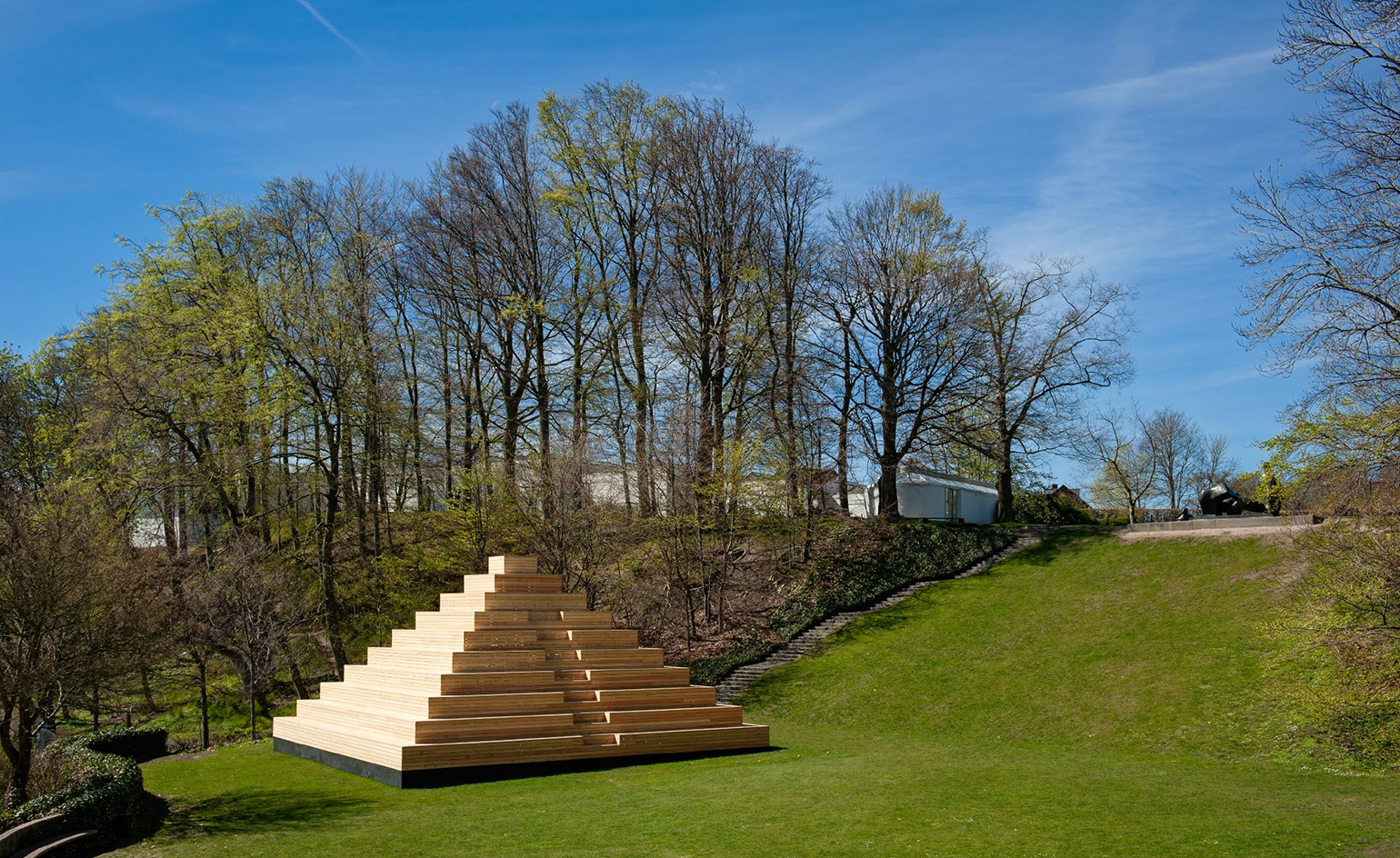
Danish constructivist Poul Gernes and the Louisiana Museum of Modern Art in Denmark have had a fractious relationship over the years. In 1970, during the now scandalised 'Tabernakel' exhibition, 'Gernes and three close allies of the Experimental School drove a Trojan horse into a temple of modernist sensibilities', explains current curator Anders Kold. 'They provoked founder Knud W Jensen into deciding whether this was a museum or an art centre. As we know, he chose the former.'
Perhaps because of this, the relationship between artist and art-institution lay dormant for decades. In fact, Gernes all but turned his back on galleries, switching his attention to public, interactive art. Now, 20 years after his death, the museum is burying the hatchet and revisiting Gernes' work.
Gernes is best known for large-scale art displays and decorations of public institutions, including the Herlev Hospital (which took almost a decade of the artist's time), and the Palads cinema on Copenhagen's Axeltorv. Louisiana's new exhibition, aptly named 'I cannot do it alone – want to join in?', covers this facet of Gernes' ouevre, as well as including smaller works and an impressive scale model of the unrealised The Pyramid, which was intended for the Israels Plads public square in Copenhagen in 1967.
The hope of the exhibition, explains Kold, is to follow Gernes' work not sequentially but as 'a mix of attitudes, brushstrokes, circles and hammer blows, systems and collages, as well as expressing Gernes' lifelong effort to make the world better and more beautiful with art'. But, he admits, including such an eclectic range of media and styles wasn't easy, 'and nor should it have been. Only by confronting and potentially entangling yourself with each dimension of Gernes' work can you get a true sense of it.'
Not only is the collection diverse, it is extensive. 'The other day an esteemed colleague from abroad came to view the exhibition,' Kold says, 'and she assumed that one whole gallery full of work by Gernes was another show – a group exhibition.'
It's easy to see why this assumption was made, when looking through the paintings on toilet seats, to the intricate collages and room-sized immersive installations. If Kold's intention was to 'provide an opportunity to think anew about the contributions of the artist', this thorough showcase is a great place to start.
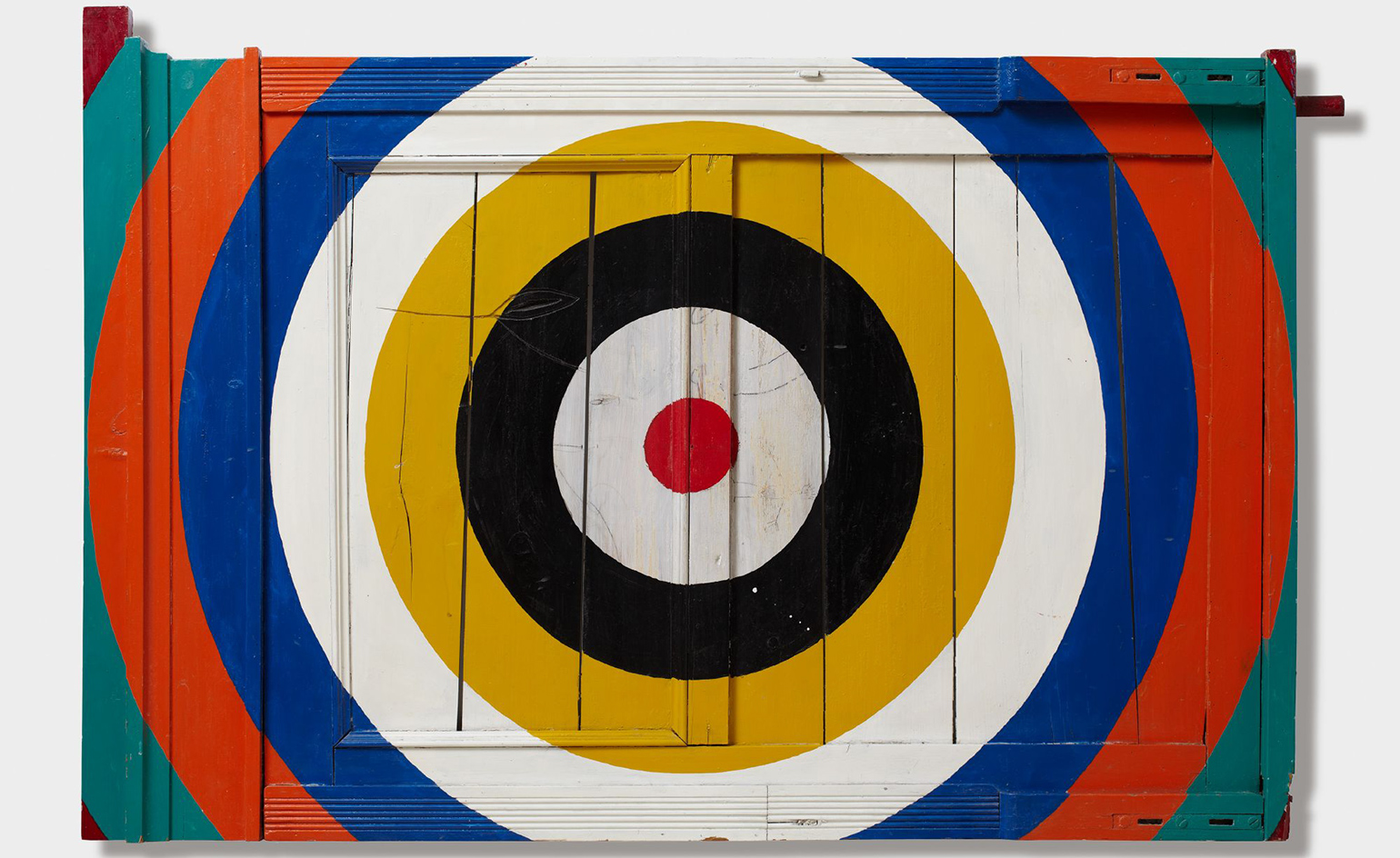
Twenty years after his death, the museum is revisiting Gernes' work, burying the fractious relationship the artist had with the museum. Pictured: Untitled, 1962
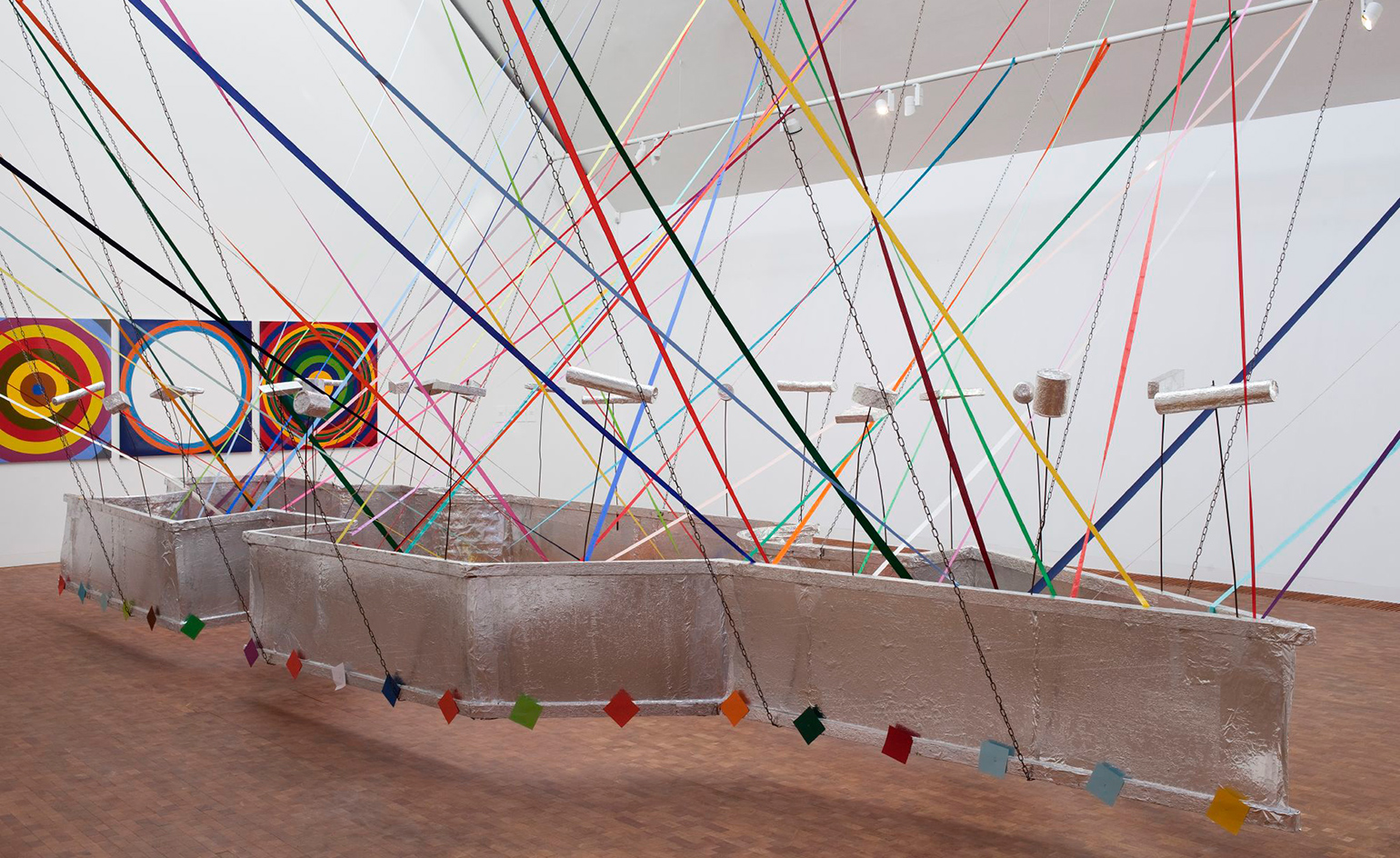
Gernes is best known for his large-scale art displays and commissions to decorate public buildings and institutions, including the Herlev Hospital and the Palads cinema on Axeltorv, Copenhagen. Pictured: Untitled, 1992.
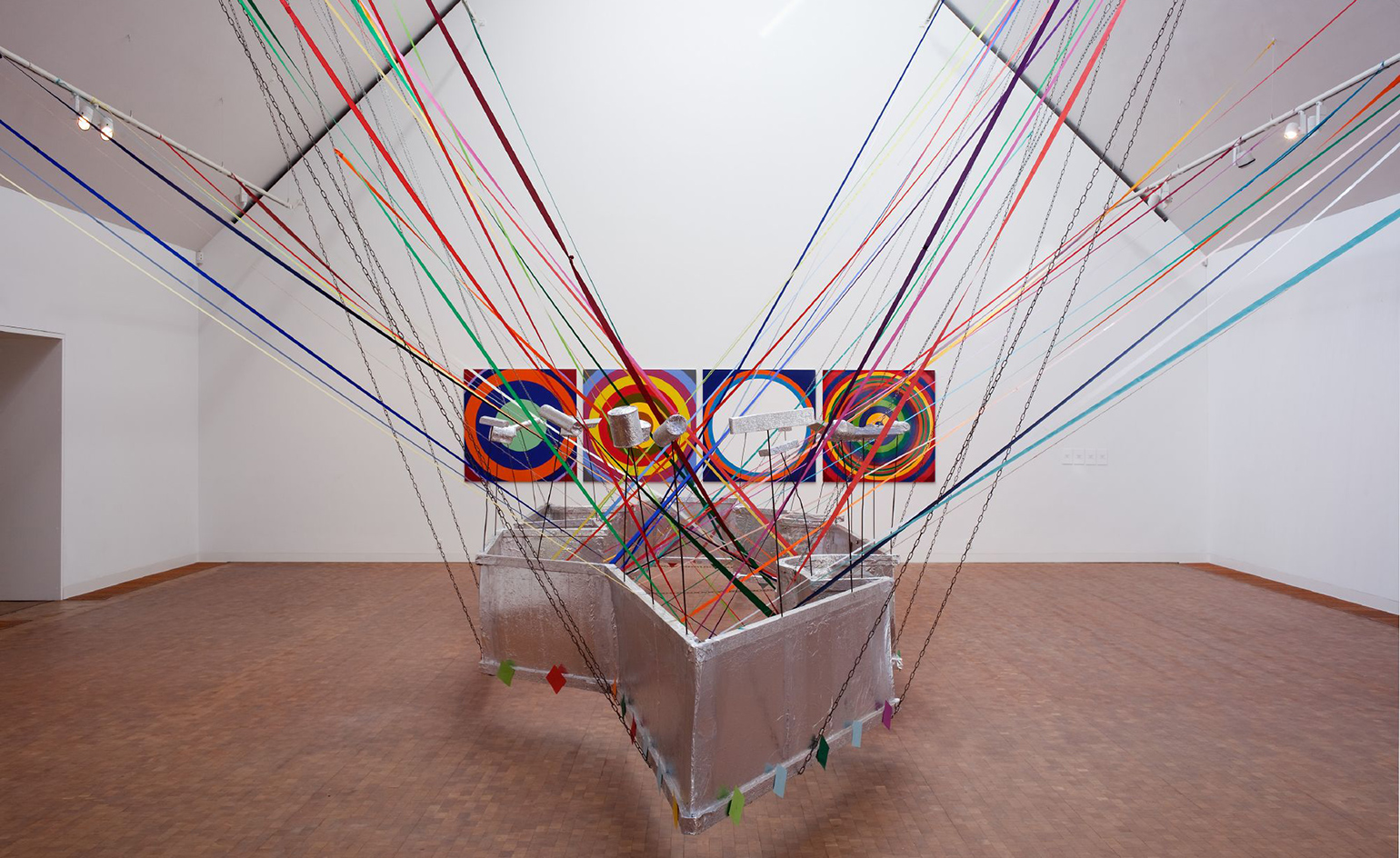
The intention, explains curator Anders Kold, is to follow Gernes' work not sequentially but as 'a mix of attitudes, brushstrokes, circles and hammer blows, systems and collages, as well as a lifelong effort to make life better and more beautiful with art'. Pictured: Untitled, 1992.
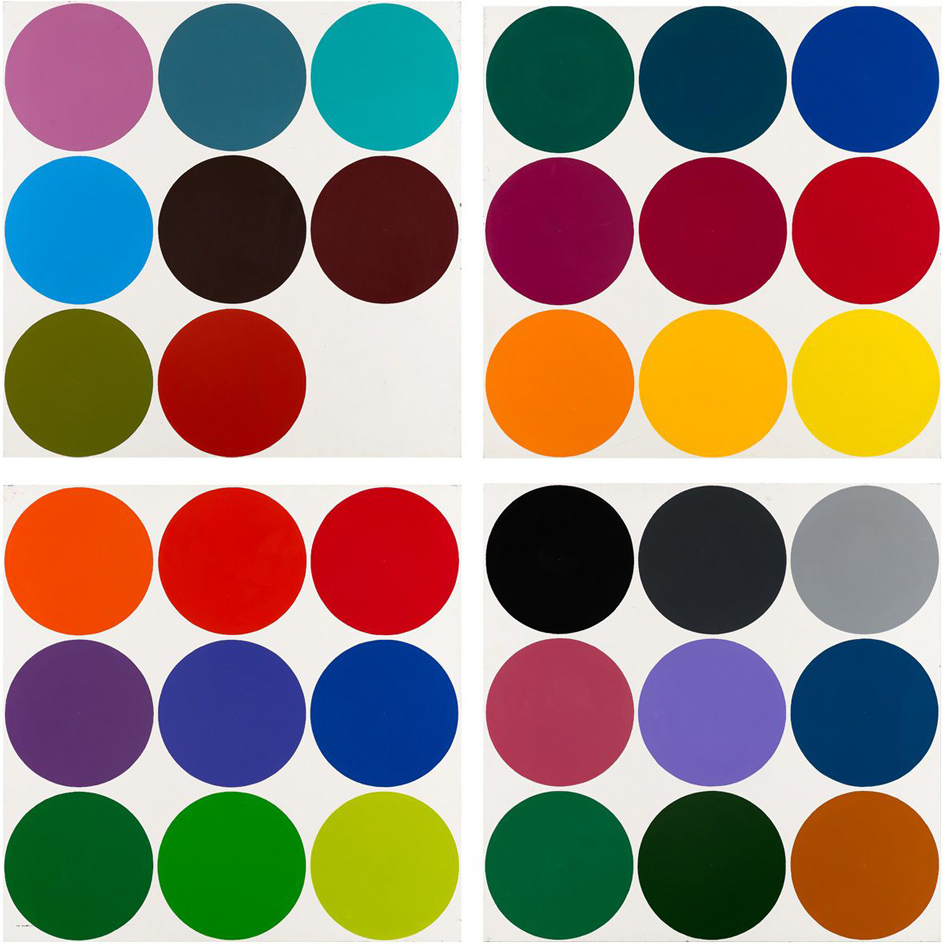
The collection is extensive. 'The other day an esteemed colleague from abroad came to view the exhibition,' Kold says, 'and she assumed that one whole gallery full of work by Gernes was another show – a group exhibition.' Pictured: Untitled (Dot Painting), 4 parts, 1968
INFORMATION
’Poul Gernes: I cannot do it alone – want to join in?’ is on view until 16 October. For more information, visit the Louisiana Museum of Modern Art’s website
Photography courtesy Louisiana Museum of Modern Art
ADDRESS
Louisiana Museum of Modern Art
Gammel Strandvej 13
DK 3050 Humlebæk
Wallpaper* Newsletter
Receive our daily digest of inspiration, escapism and design stories from around the world direct to your inbox.
Elly Parsons is the Digital Editor of Wallpaper*, where she oversees Wallpaper.com and its social platforms. She has been with the brand since 2015 in various roles, spending time as digital writer – specialising in art, technology and contemporary culture – and as deputy digital editor. She was shortlisted for a PPA Award in 2017, has written extensively for many publications, and has contributed to three books. She is a guest lecturer in digital journalism at Goldsmiths University, London, where she also holds a masters degree in creative writing. Now, her main areas of expertise include content strategy, audience engagement, and social media.
-
 Put these emerging artists on your radar
Put these emerging artists on your radarThis crop of six new talents is poised to shake up the art world. Get to know them now
By Tianna Williams
-
 Dining at Pyrá feels like a Mediterranean kiss on both cheeks
Dining at Pyrá feels like a Mediterranean kiss on both cheeksDesigned by House of Dré, this Lonsdale Road addition dishes up an enticing fusion of Greek and Spanish cooking
By Sofia de la Cruz
-
 Creased, crumpled: S/S 2025 menswear is about clothes that have ‘lived a life’
Creased, crumpled: S/S 2025 menswear is about clothes that have ‘lived a life’The S/S 2025 menswear collections see designers embrace the creased and the crumpled, conjuring a mood of laidback languor that ran through the season – captured here by photographer Steve Harnacke and stylist Nicola Neri for Wallpaper*
By Jack Moss
-
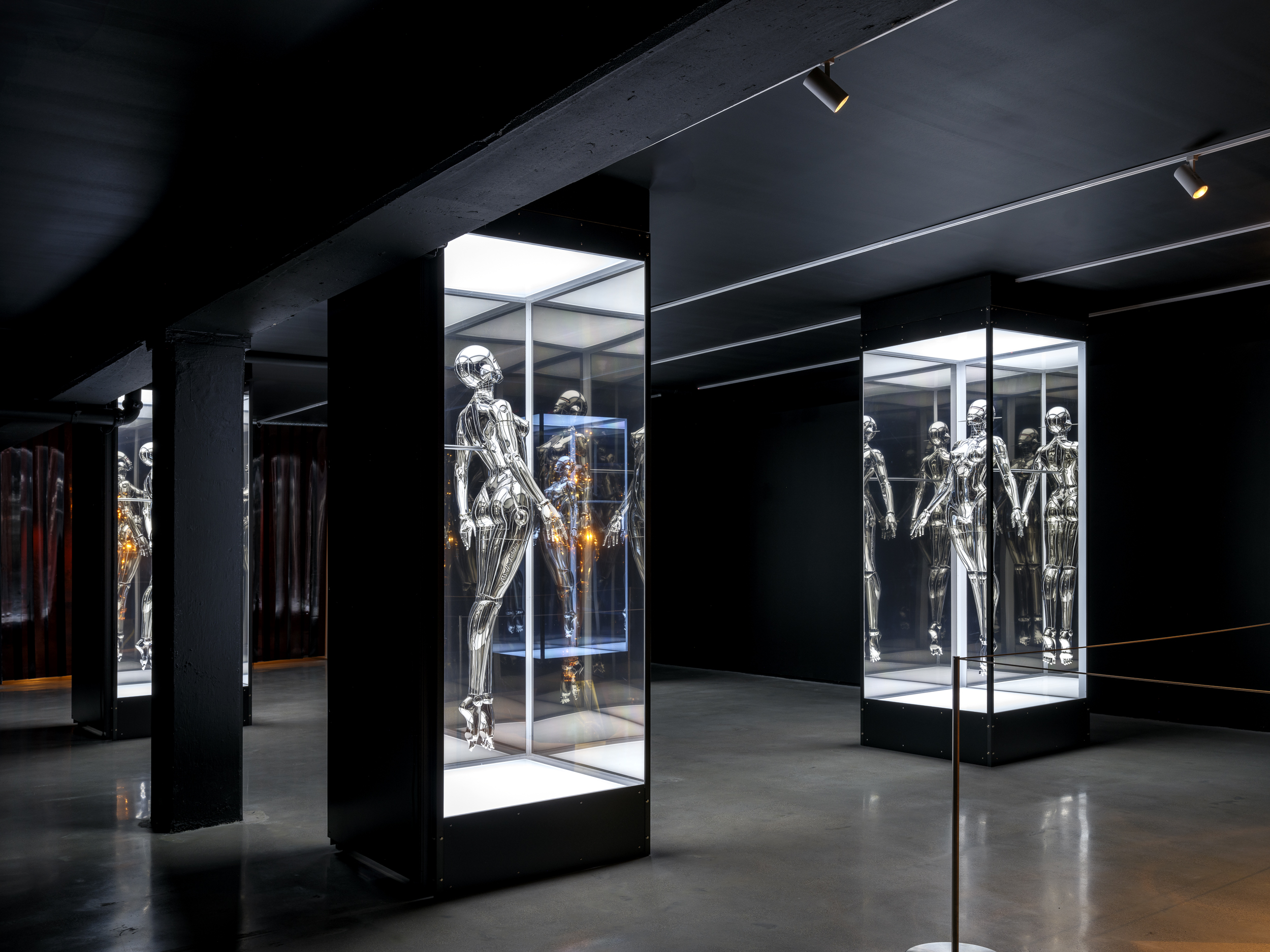 Miami’s new Museum of Sex is a beacon of open discourse
Miami’s new Museum of Sex is a beacon of open discourseThe Miami outpost of the cult New York destination opened last year, and continues its legacy of presenting and celebrating human sexuality
By Anna Solomon
-
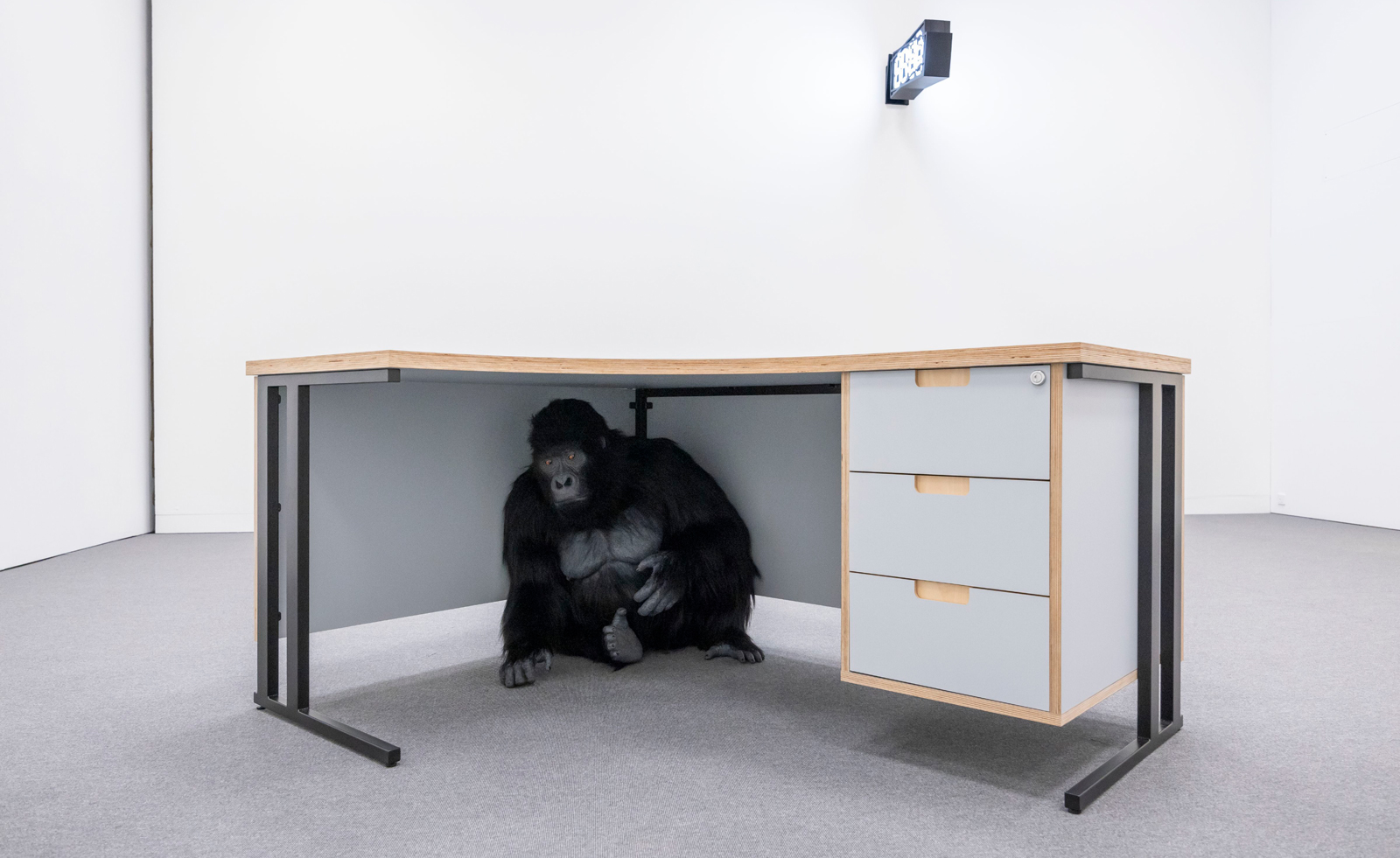 AI and creativity: Louisiana museum considers the human in the machine
AI and creativity: Louisiana museum considers the human in the machine‘The Irreplaceable Human’ at Louisiana Museum of Modern Art in Denmark asks what creativity is in the age of AI
By Amah-Rose Abrams
-
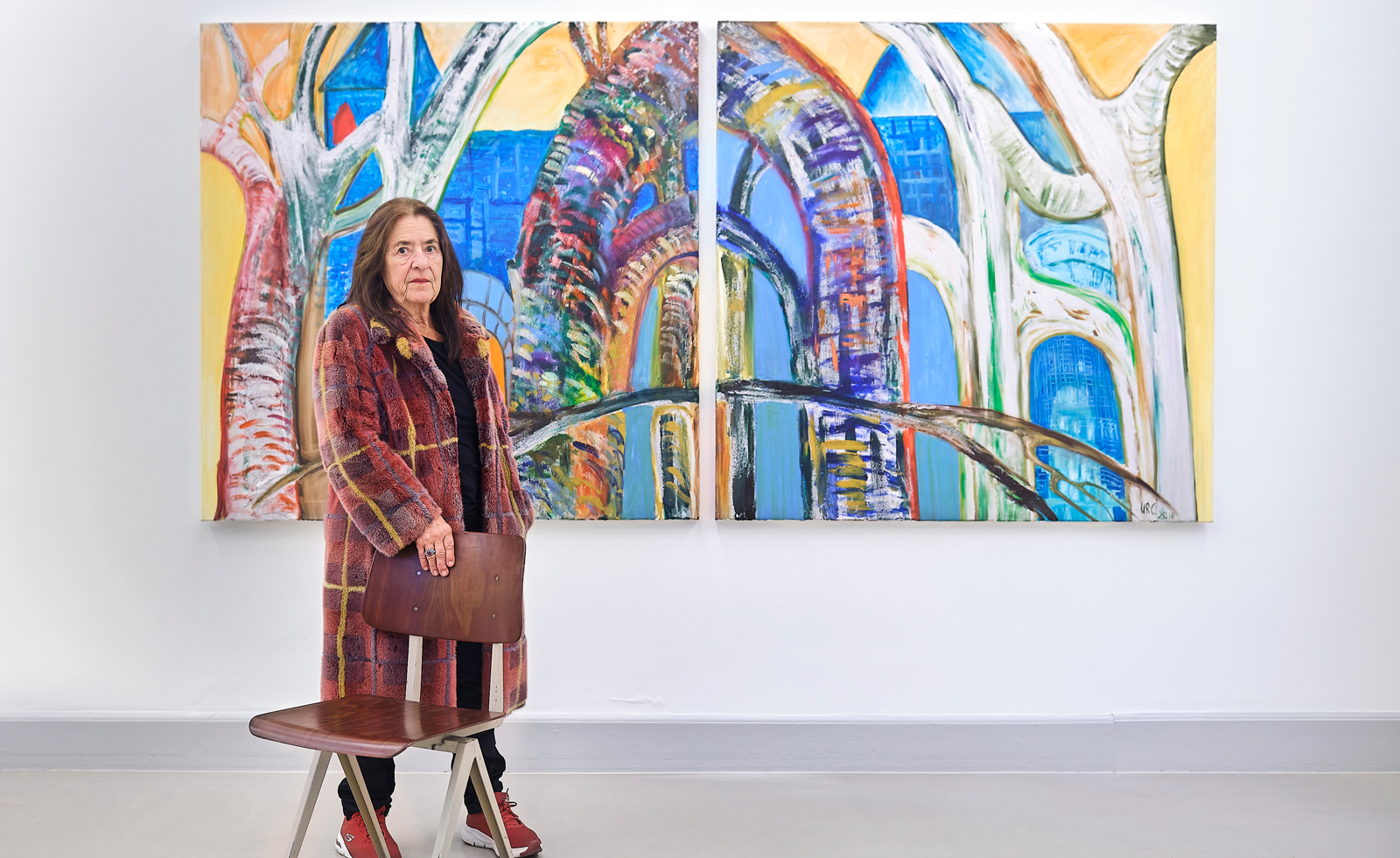 Ursula Reuter Christiansen on her art: ‘I have to go through, and through, and through’
Ursula Reuter Christiansen on her art: ‘I have to go through, and through, and through’German-Danish artist Ursula Reuter Christiansen tells Wallpaper* what drives her, as her exhibition ‘Rose Thorn’ opens at Von Bartha, Copenhagen
By Alice Godwin
-
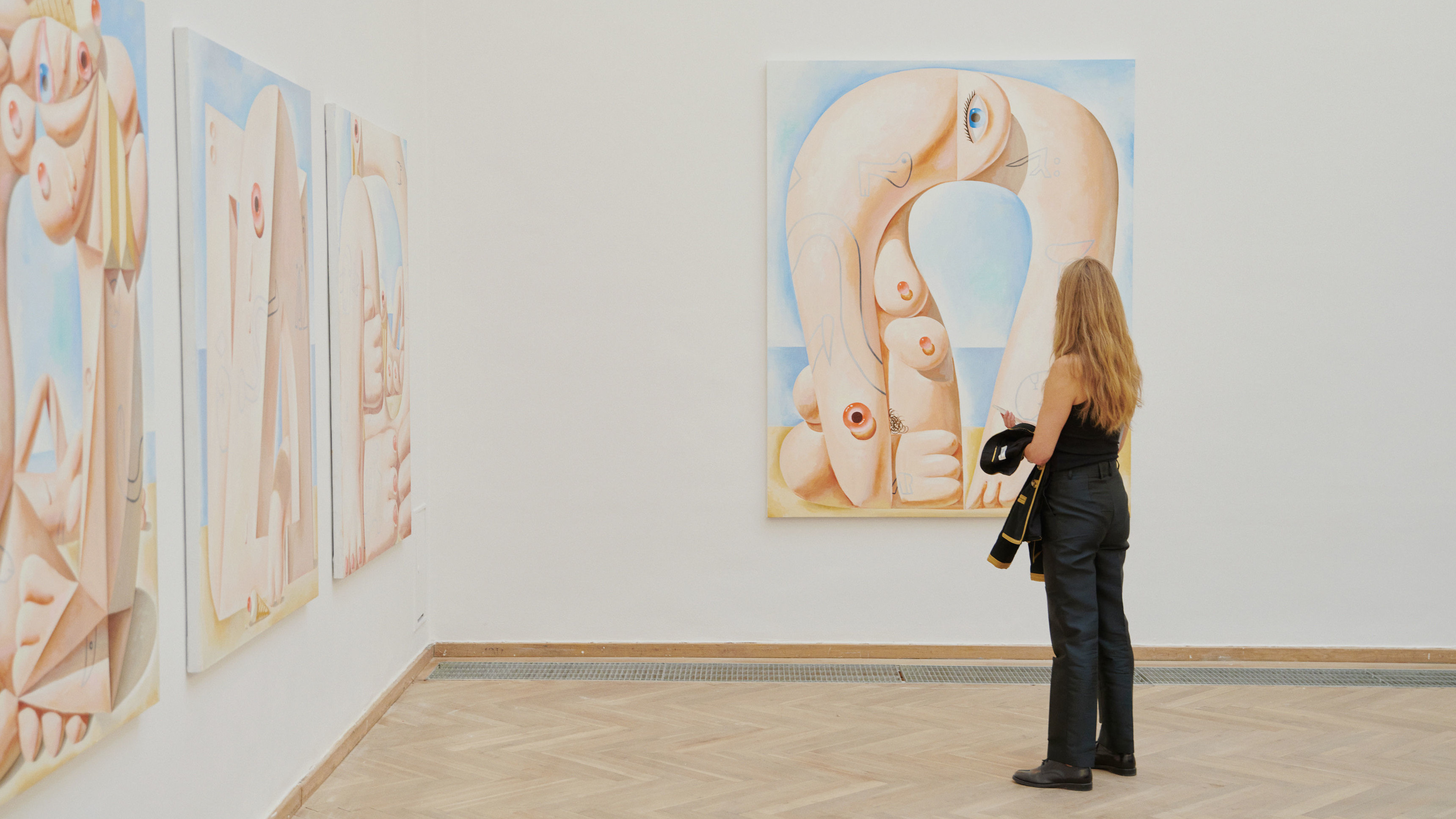 How Copenhagen’s Chart Art Fair celebrated its first decade
How Copenhagen’s Chart Art Fair celebrated its first decadeThe 11th Chart Art Fair highlights span architectural installations, an ongoing sculpture show, and a novice collectors’ exhibition
By Nargess Shahmanesh Banks
-
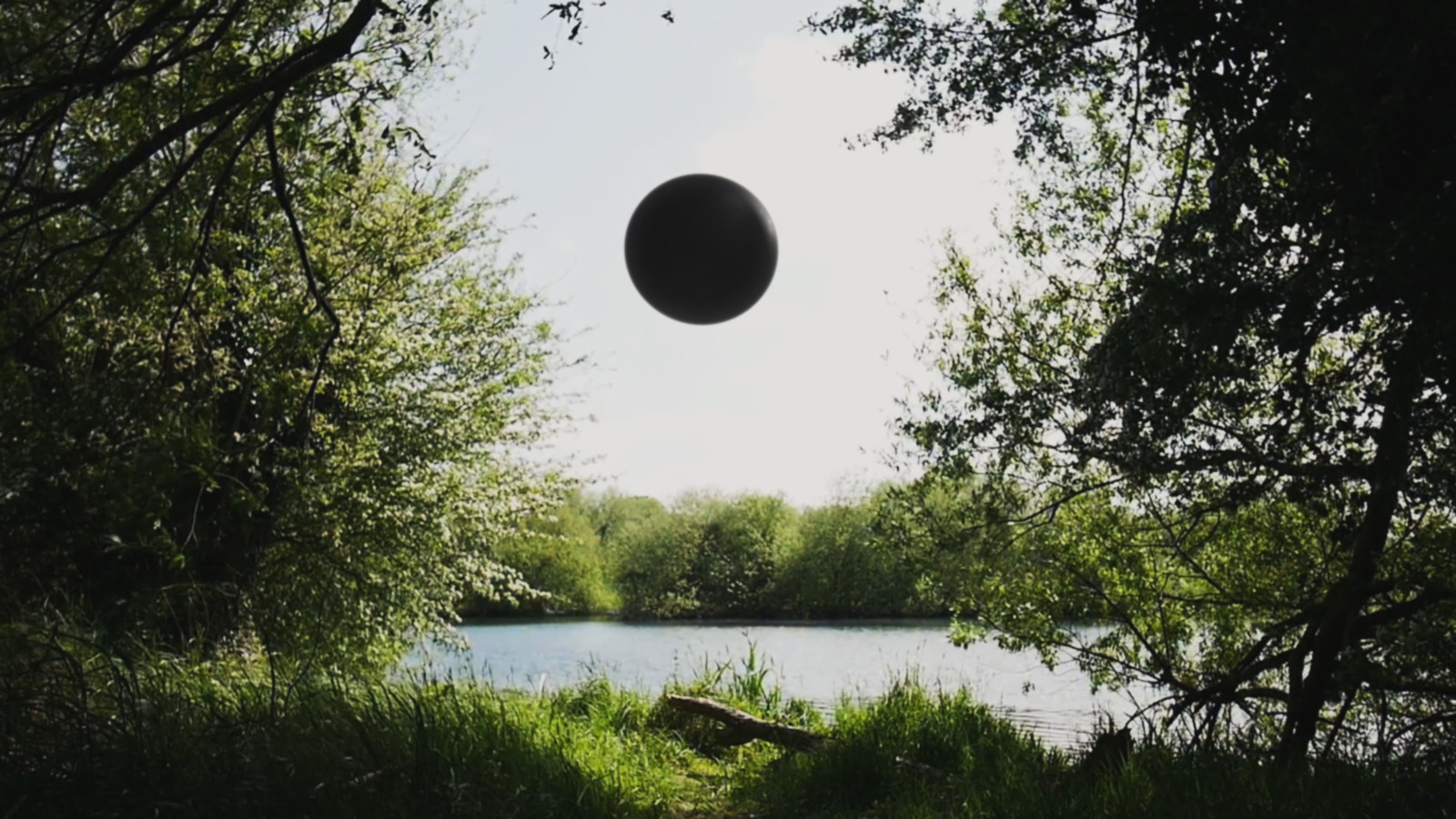 American artist Rachel Rose reaches for the sun and the moon in her Nordic exhibition debut
American artist Rachel Rose reaches for the sun and the moon in her Nordic exhibition debutRachel Rose’s ‘Good Morning Midnight’ at GL Strand, Copenhagen, centres on her cinematic Enclosure (2019) and recent video The Last Day (2023)
By Alice Godwin
-
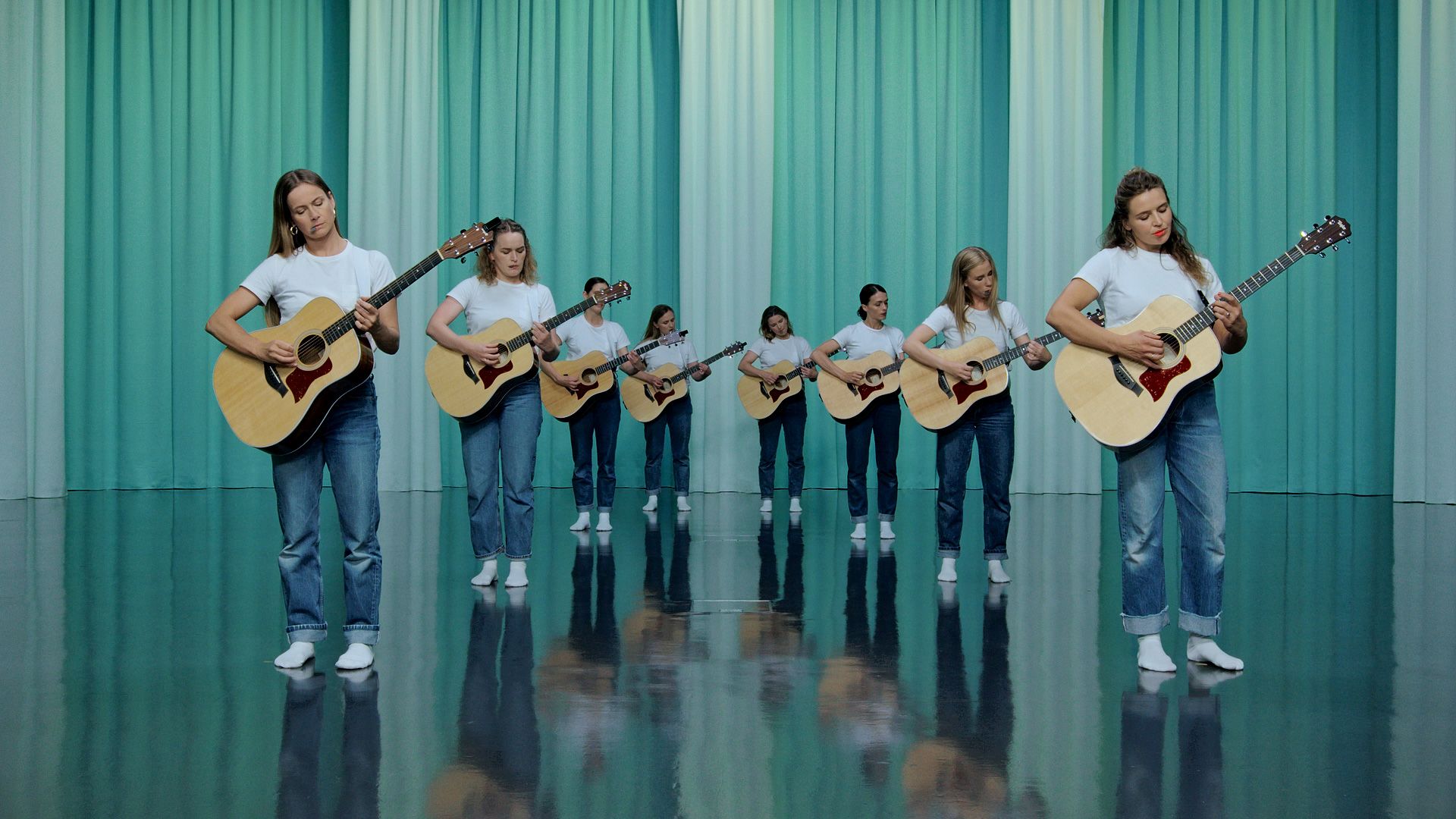 Wallow in Ragnar Kjartansson’s epic riffs on Nordic melancholia at Louisiana Museum of Modern Art
Wallow in Ragnar Kjartansson’s epic riffs on Nordic melancholia at Louisiana Museum of Modern ArtIcelandic artist Ragnar Kjartansson brings his ‘Epic Waste of Love and Understanding’ to Denmark’s Louisiana Museum of Modern Art (until 22 October 2023)
By Alice Godwin
-
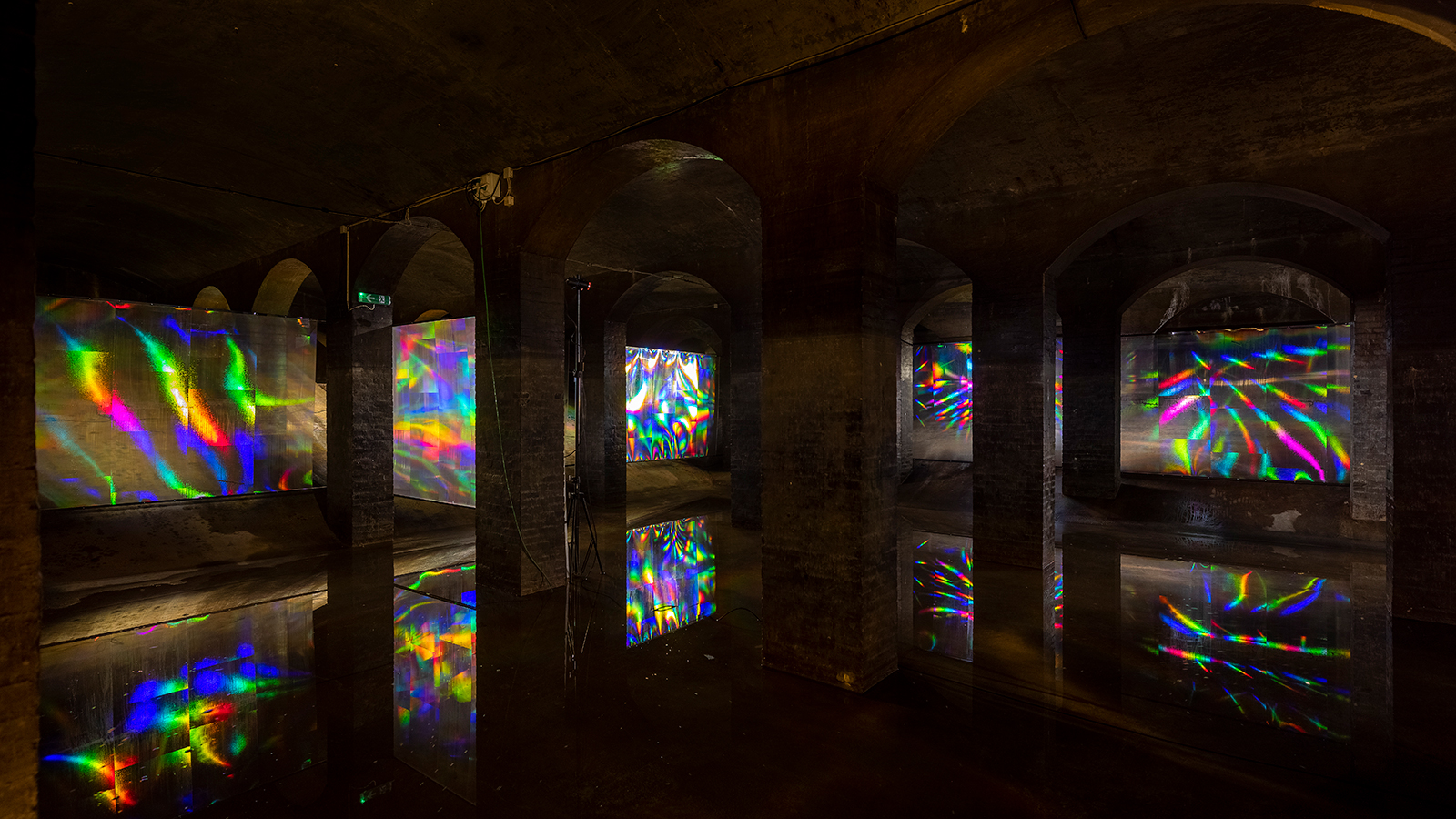 Kimsooja transforms Copenhagen’s underground Cisternerne into a laboratory of light
Kimsooja transforms Copenhagen’s underground Cisternerne into a laboratory of lightWe exclusively preview South Korean artist Kimsooja's ‘Weaving the Light’, an illuminating, kaleidoscopic installation in Copenhagen’s subterranean Cisternerne (26 March – 30 November 2023)
By Alice Godwin
-
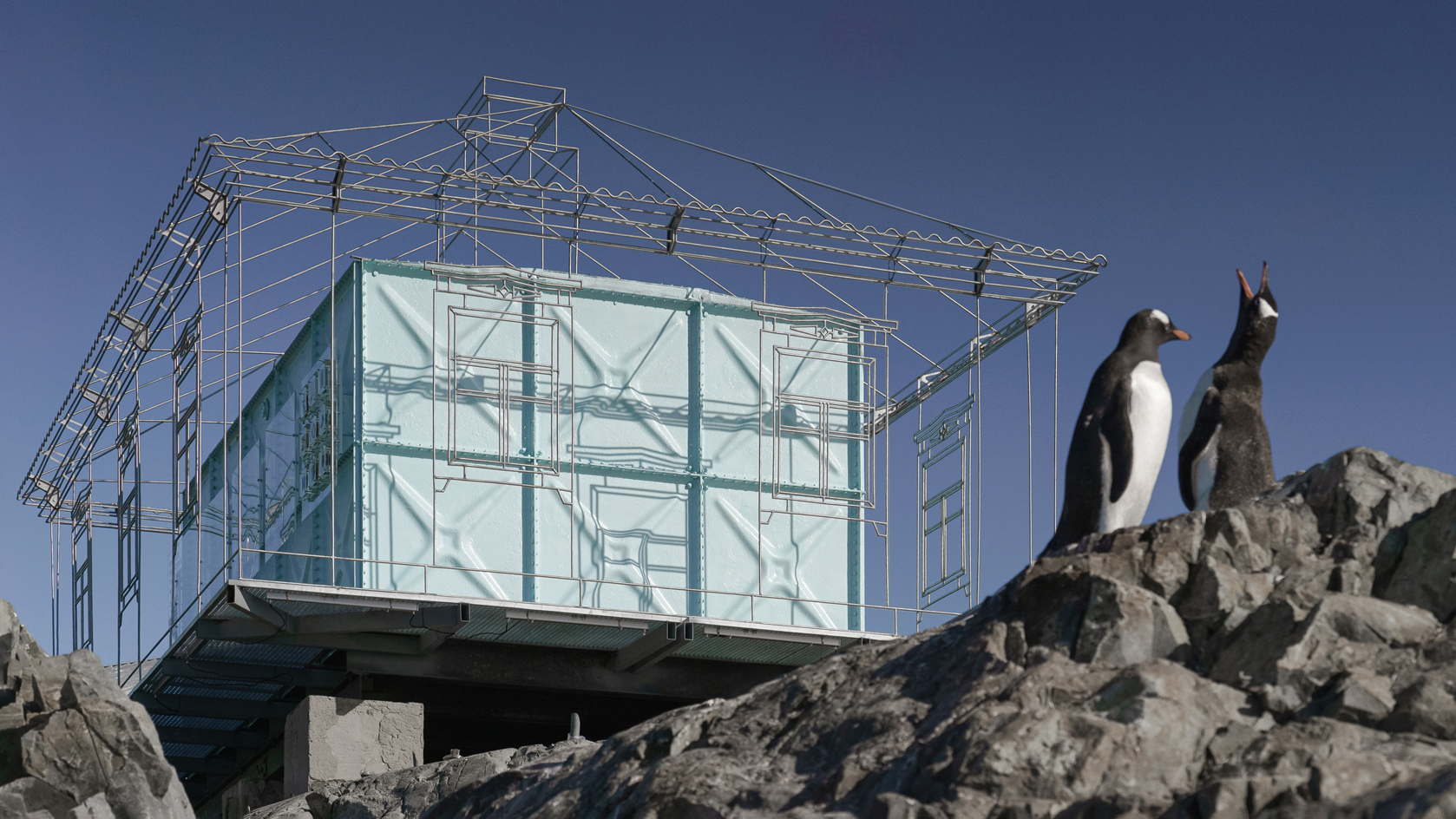 Remote Antarctica research base now houses a striking new art installation
Remote Antarctica research base now houses a striking new art installationIn Antarctica, Kyiv-based architecture studio Balbek Bureau has unveiled ‘Home. Memories’, a poignant art installation at the remote, penguin-inhabited Vernadsky Research Base
By Harriet Lloyd-Smith